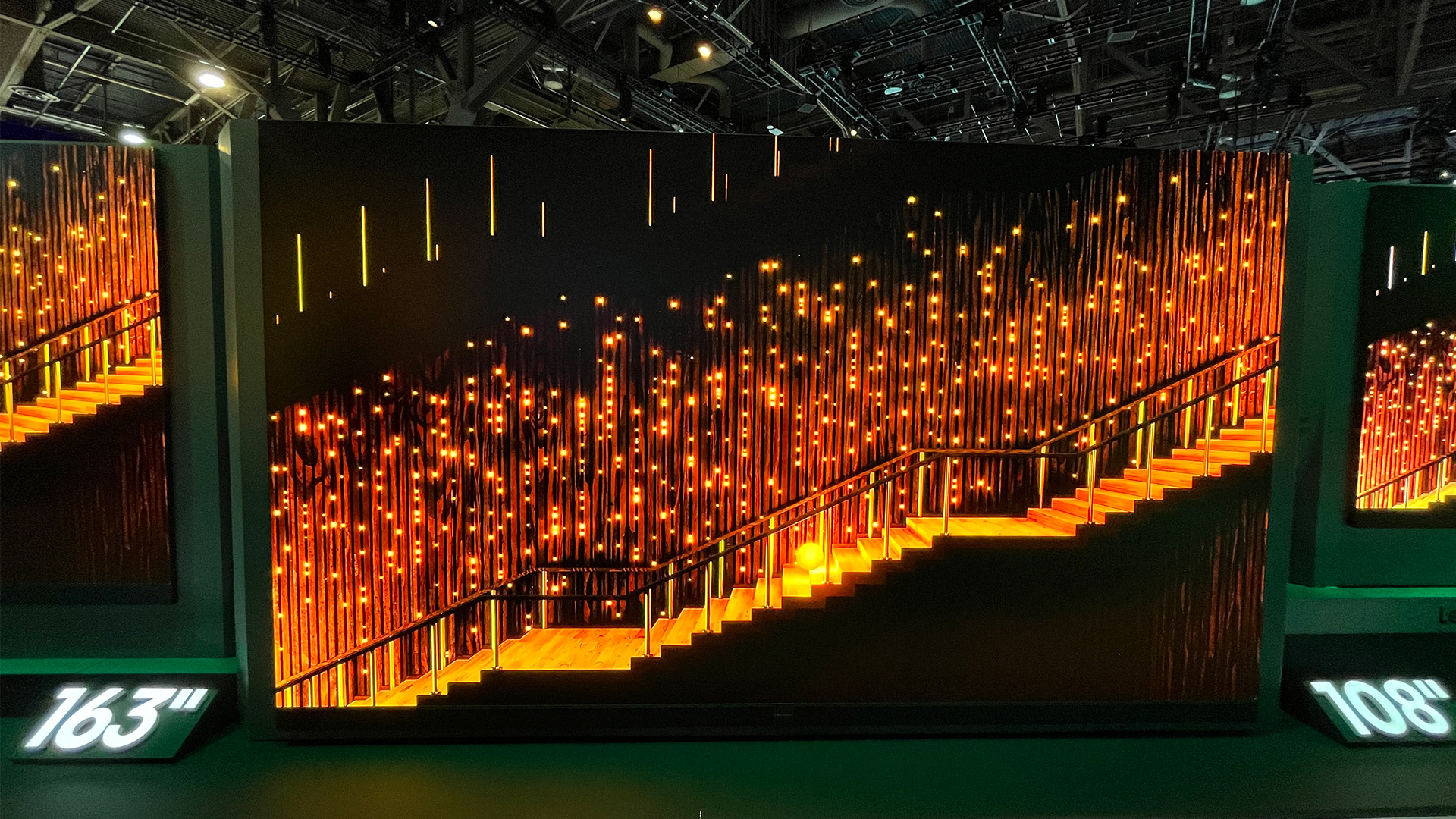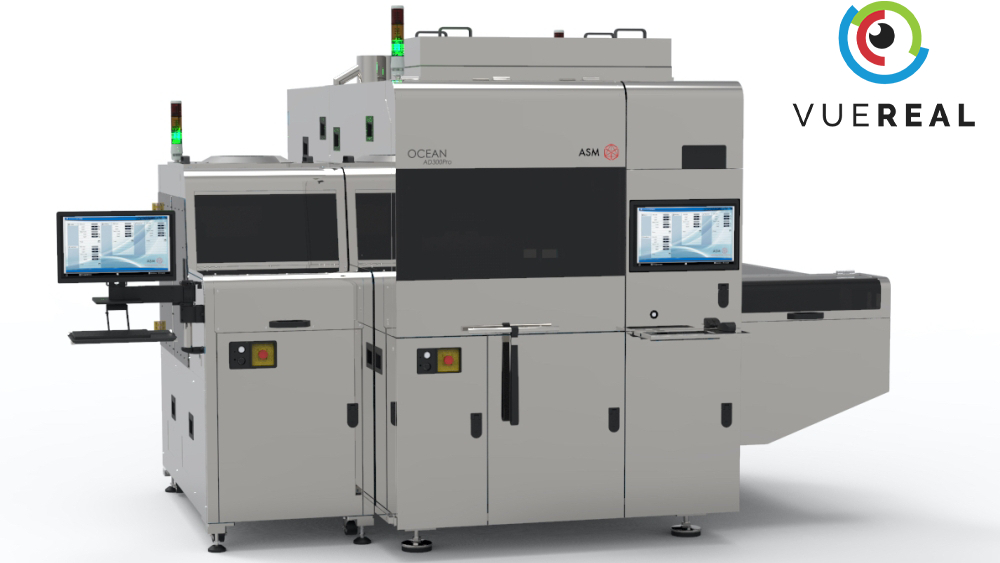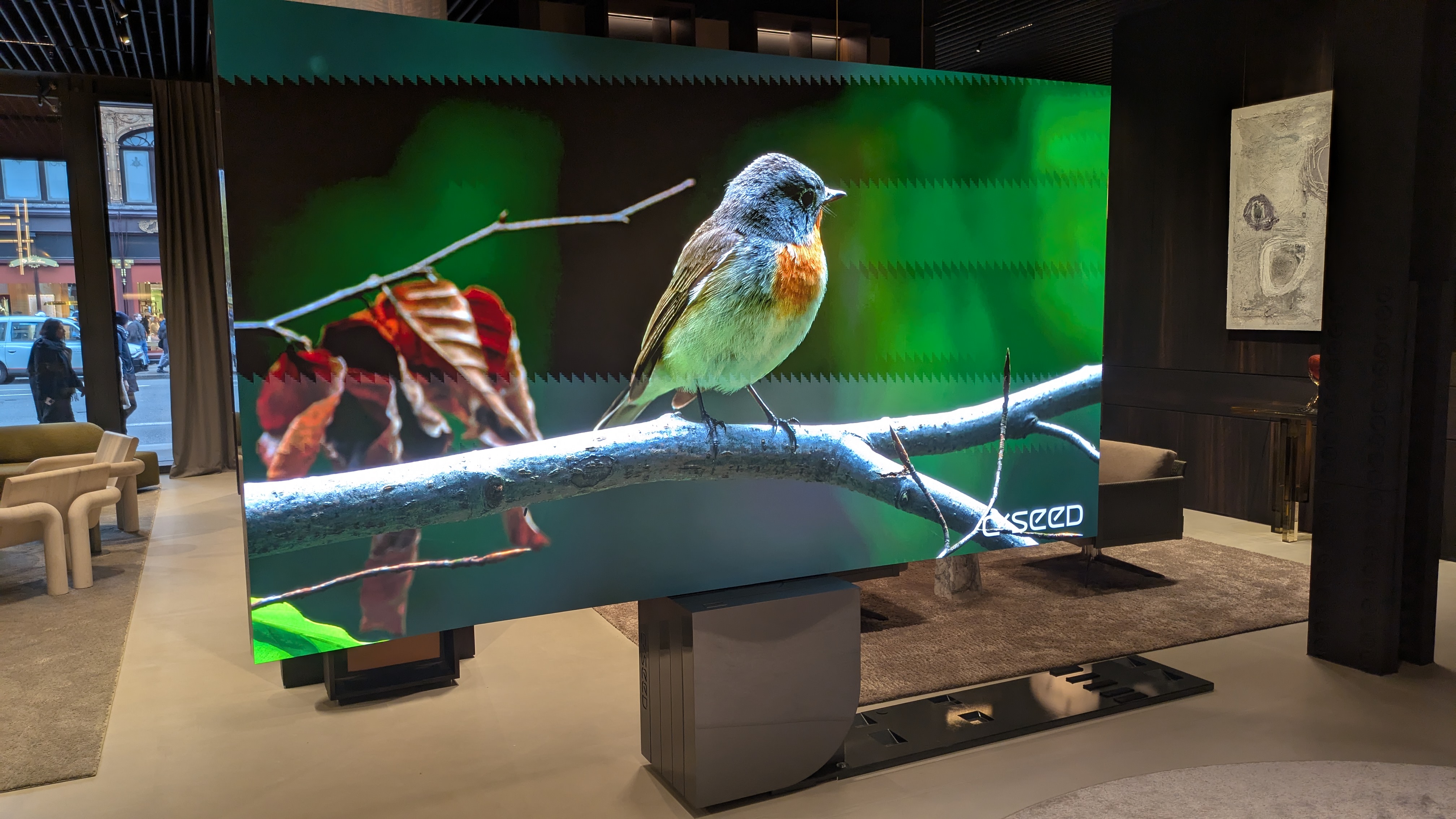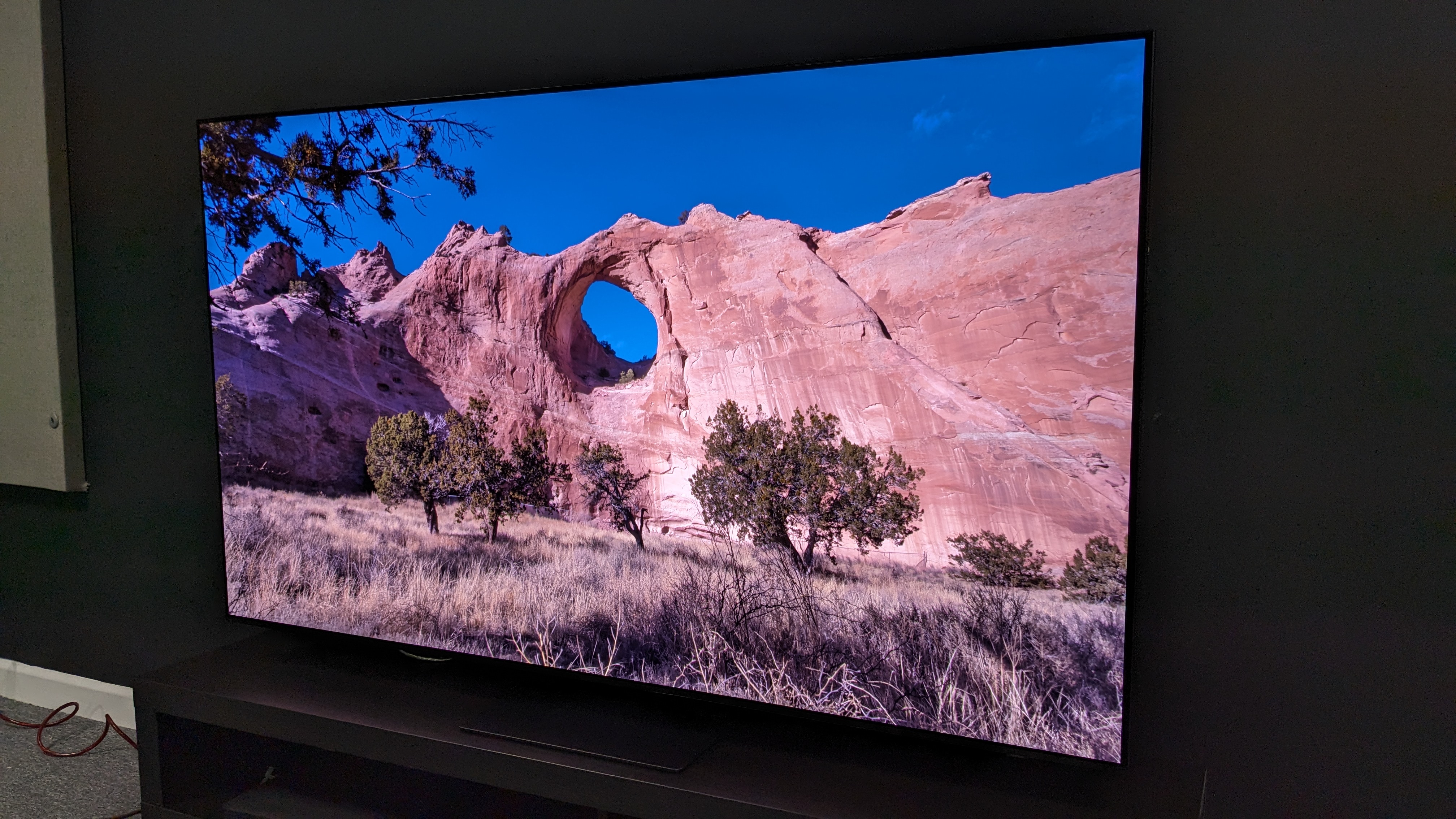'OLED and LCD will die out’: A microLED expert explains how the superior TV tech will finally become affordable
Could microLED make its way to smaller TVs soon?

MicroLED has been heralded by manufacturers and premium brands as the ultimate display tech, combining OLED-equalling black levels with mini-LED-beating brightness. But, it’s not a tech that’s yet featured among the best TVs because micro-LED displays are still priced at $100,000 and above and are typically 100-plus inches in size, meaning there’s a very select audience.
For years, we’ve waited for the arrival of more affordable microLED TVs, but it’s yet to happen. Then, Hisense, a brand known for its competitively priced, feature-packed TVs, surprised the TV world at CES 2025 by announcing microLED models. However, these were only in 136- and 163-inch sizes, with prices yet to be announced. Considering the Hisense 110UX, the brand’s top mini-LED TV, costs $15,000 / £19,999, we can expect these new microLED sets to once again be exceedingly expensive.
But, what if there was a chance that the sought-after panel tech could become affordable and fit into smaller, standard-sized rooms? There may be a way, as I found out when talking to Dr. Reza Chaji, Co-Founder and CEO of VueReal industries.
Manufacturing breakthroughs

VueReal, based in Waterloo, Canada, is a manufacturing company focused on innovative micro technology solutions, including a MicroSolid Printing process that could revolutionize the way microLED is manufactured.
Dr. Chaji got his start in OLED technology, creating a solution that would eventually be licensed to LG for use in its OLED TVs. But he felt OLED had limitations and was drawn to microLED technology. “That is why I was attracted to microLED, not just because of the microLED, but the potential it has beyond microLED”, he told me. Especially the idea of "multifunctional surfaces where microLED can be used” compared to OLED, which is “just for display”.
However, microLED has a complicated, costly manufacturing process by default. Without getting too technical, microLED currently uses a process where microLEDs are fitted into tiles to create the large displays we’ve become accustomed to seeing. If these tiles were used for smaller displays, such as a 65-inch TV, the seams between the tiles would be visible, making for an unappealing display.

Dr. Chaji and his team have developed a new technique called MicroSolid Printing, where semiconductors, including microLEDs, can be put into cartridges and printed directly onto the corresponding display. Another advantage of these cartridges is that they’re built ahead of time, making inspection for defects easier. “Because we build the cartridge in advance, we can inspect for defects, uniformity, performance, and it can help us to improve the display performance significantly”, Dr. Chaji says.
Get daily insight, inspiration and deals in your inbox
Sign up for breaking news, reviews, opinion, top tech deals, and more.
In current LED, OLED and microLED production, if a defect is discovered, say on a piece of OLED glass, that entire surface will be disposed of, adding to the production costs.
However, VueReal’s Quantum Vue display tech, which combines its MicroSolid Printing technique with Quantum patterning, provides a highly efficient, cost-effective way microLED displays can be created without as much waste, resulting in a greater yield of production-ready displays, according to Dr. Chaji.
MicroLED: the death knell for OLED and LCD TVs?

The best OLED TVs are still among the most popular TVs on the market, thanks to the panel’s self-emitting pixels which deliver deeper black levels and more accurate color compared to standard LED TVs. The best mini-LED TVs offer higher brightness than OLED(although OLED is catching up), but Dr. Chaji believes that more affordable microLED will deliver deep blacks, accurate color, and high brightness.
“OLED and LCD will die out. They won’t be able to do the functionality that the device needs”, Dr. Chaji says, calling microLED “a unique solution that is future proof”.
Dr. Chaji admits there is still a challenge due to the wider ecosystem and production chain that adds to costs, but he believes that the challenges can be overcome and microLED production using VueReal’s MicroSolid Printing and Quantum Vue techniques will eventually be used for smaller displays. I asked if we could expect to see it on 65-inch TVs, and Dr. Chaji said, “Absolutely.”
“With the process that we’ve developed, [our] MicroSolid Printing with our Quantum Vue technology, we can actually even not just [cater to] TV, but we can also go to monitors or tablets or laptop displays”, he said.
When can we expect to see smaller microLED TVs? Admittedly, there’s no concrete time frame, but from my conversation with Dr. Chaji, it sounds like all the technology is there and the team at VueReal is sorting out the ecosystem challenge. If that happens, we can expect to see smaller, more affordable microLED TVs soon.
You might also like

James is the TV Hardware Staff Writer at TechRadar. Before joining the team, he worked at a major UK based AV retailer selling TV and audio equipment, where he was either telling customers the difference between OLED and QLED or being wowed by watching a PS5 run on the LG 65G2. When not writing about the latest TV tech, James can be found gaming, reading, watching rugby or coming up with another idea for a novel.
You must confirm your public display name before commenting
Please logout and then login again, you will then be prompted to enter your display name.